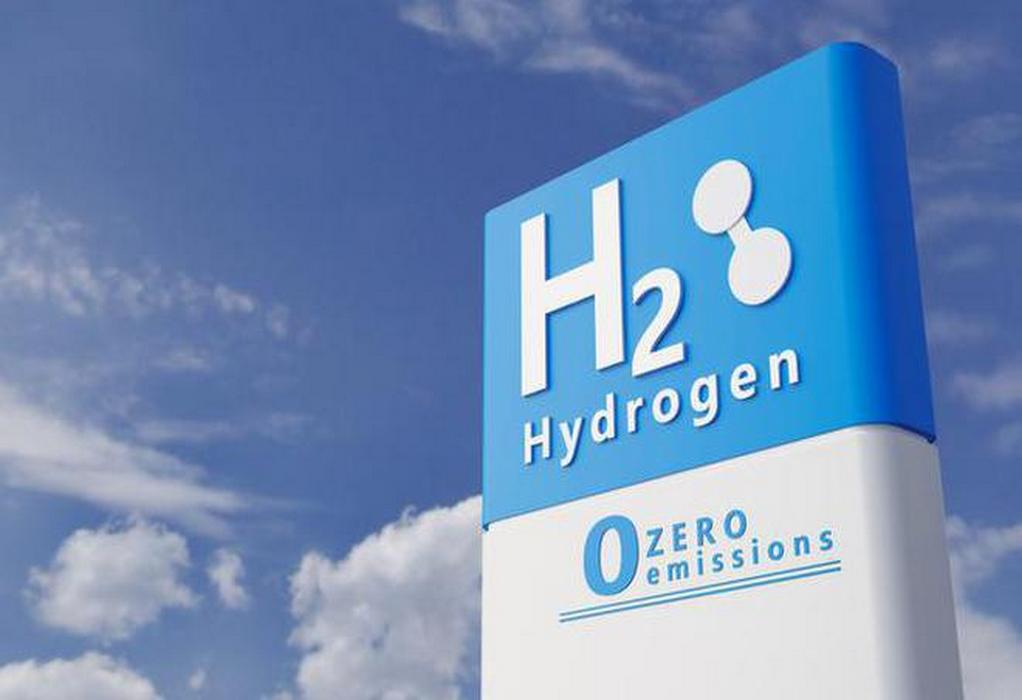A level playing field for different energy carriers to compete and coordinated decarbonisation must be supported, say the region’s TSOs.
Hydrogen is set to play a major role in the energy system but so far represents only a modest fraction of the energy mix and the majority of it is produced from fossil fuels.
For hydrogen to contribute to net-zero goals, its production needs to expand to a much larger scale, become fully decarbonised and find a cost-effective place in the electricity system, the TSO association states in a set of policy recommendations it has formulated.
The recommendations address the new roles of hydrogen, its scaling up, planning and operation.
ENTSO-E starts out by stating that hydrogen is a tool for reaching decarbonisation and not an end in itself and should be benchmarked against other options in decarbonisation initiatives.
Decarbonising the existing hydrogen demand will be key in accelerating the technological maturity. However, as CO2-free hydrogen requires renewables, direct electrification should be prioritised for decarbonisation efficiency and the hydrogen used in sectors where direct electrification is not technically
viable or cost efficient.
Scaling and operations
Looking towards the next steps to scaling hydrogen, ENTSO-E points out that the business case to use hydrogen in an electricity system operation support function does not exist and is an imperative to develop.
There should be a scaling up of new technologies and R&D efforts and the EU and member states also should consider the role and impact of European production vs imports.
Turning to planning and operating hydrogen in ‘one system of systems’, ENTSO-E says that a unified system perspective is necessary. Making hydrogen a flexibility provider to the electrical system will require
structural investments beyond the electrolysers, i.e. to hydrogen grids and storage.
The operational mode of electrolysers connected to the grid will play a crucial role in the cost and decarbonisation of future integrated energy systems. Thus, the location of electrolysers is a strategic structural question. Appropriate coordination between hydrogen and the electric network
system operators is needed to ensure that new assets effectively decarbonise
the system without increasing costs.
Finally, multisectoral planning of the development of assets with a gradual bottom-up approach from regions to Europe will maximise the potential benefits of hydrogen investments.
The deployment of a future hydrogen infrastructure, both new and repurposed, should also follow a stepwise approach from local clusters to regional and then Pan-European.
“This approach could facilitate optimising locations and operational patterns while enabling a unified view on energy infrastructure planning,” says ENTSO-E.
Source:https://www.smart-energy.com/
Tags: CO2, ENTSO-E, Europe, Hydrogen



Recent Posts
Egypt Advances Maritime Decarbonisation with National Action Plan Backed by IMO
Fuelre4m unveils VIRDIS: A predictive AI breakthrough in global fuel distribution, powered by Five9nes
EXMAR Launches First Ammonia-Fueled Gas Carrier at HD Hyundai Mipo
Japan-Backed Green Hydrogen Centre Planned for Uttar Pradesh
JSW Group Outlines Major Push into Commercial and Heavy Electric Vehicles
Lloyd’s Register Grants Approval in Principle for KSOE’s Multi-Fuel Newcastlemax Bulk Carrier Design
Eureka Shipping Deploys HVO-Ready Cement Carrier Tamarack for Great Lakes Operations
Terntank Places Repeat Order for VentoFoil Wind Propulsion Units on Methanol-Ready Hybrid Tankers